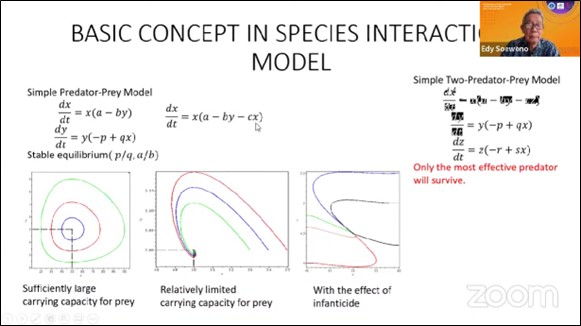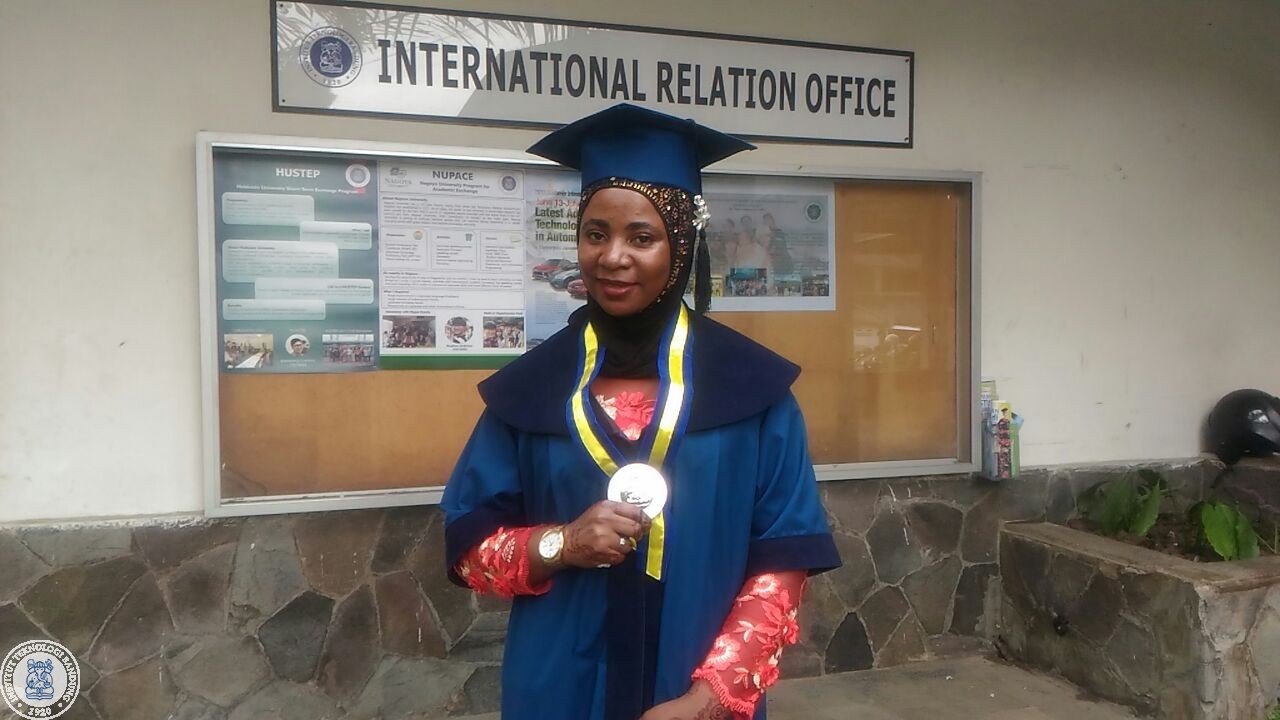How is Mathematics Used in the Risk Problem of Extinction of Wild Species in Indonesia?
By Adi Permana
Editor Adi Permana

BANDUNG, itb.ac.id – Faculty of Mathematics and Natural Sciences (FMNS) ITB held the webinar series “Mathematics Distinguished Lecture Series 2022” once again, which aims to invite leading mathematicians from various fields to share their knowledge in relation to mathematics.
This webinar which was held on Friday (3/6/2022) was the second in this year's webinar series and took on the theme “Problems in Population Dynamic Modeling of Wild Species”. Through this event, participants from various backgrounds including students, lecturers, researchers and engineers, were expected to move in order to promote research culture and appreciate the beauty and importance of mathematics.
As the webinar’s interviewee, Prof. Edy Soewono from FMNS ITB explained how the topic of the discussion this time was a result of research and data measurement in the field, where the people involved used modeling for it. However, the data taken was minimal and not enough to validate the results. Furthermore, the research results were limited to the studied location, and were results that were simplified.
Due to that, Prof. Edy emphasized the importance of choosing strategic model parameters as well as appropriate values in order to be able to reach comprehensive conclusions. Constant communication between colleagues and experts outside the field of mathematics is also crucial to getting good and easy-to-digest results. “Our job as mathematicians is to carry out practical communication in problem solving,” he stated.
This research was a result of a collaboration between FMNS ITB and BKSDA (Balai Konservasi Sumber Daya Alam), where mathematics is used in the risk of wild species extinction in Indonesian national parks. In this research, the experts involved had to implement mathematics in data collection, processing, and communication so that the problems can be understood.
The problems were divided into 3 areas; the issue of the Sunda clouded leopard and the Asian golden cat at West Sumatra Kerinci Seblat National Park, the orangutans in Sumatra and Kalimantan, and the Javan rusa at South Sulawesi Buru Ko’mara Park. Those 3 topics began to be researched a year ago with the help of students in terms of modeling.

With a dynamic model that describes the cross-species interactions (predator-prey model), the coexistence and competition of predators and prey in the case study could be seen. The simple model applied could also reveal the supporting capacity of a particular species in a habitat that influences its population trends in the future. From said model, there are no changes in coexistence for a relatively long time with the assumption that said habitat does not change. In addition, the behavior of two competing animals may determine the state of their coexistence, from which two points may be deduced from this statement. First, the support capacity of a species determines the type of coexistence. Furthermore, an increasing support capacity may increase the limit cycle radius.
"We are grateful for having had a great opportunity to work with colleagues in the field," added Prof. Eddy. Through research and field study, biological phenomena can be understood by many people through the help of mathematical calculations and models. In addition, most of the results can still be further analyzed.
"There are still many mathematical problems which may arise for the further interest of mathematics itself."
Reporter: Ruth Nathania (Environmental Engineering, 2019)
Translator: Hanna Daniela Ayu (Aerospace Engineering, 2021)

.jpg)
.png)
.jpg)
.jpg)
.jpg)

